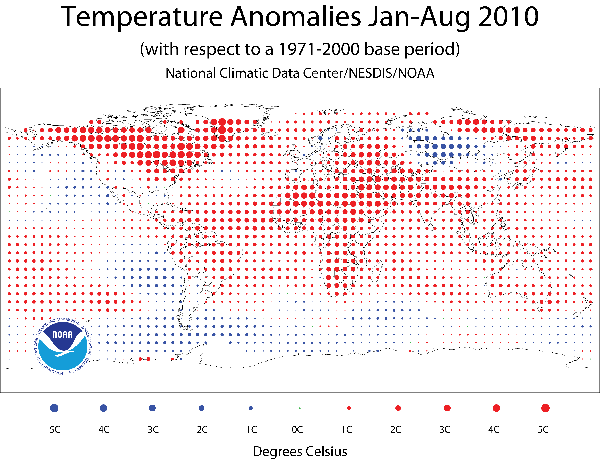Public Opinion and Climate Change
Public opinion as to the reality of climate change waxes and wanes, but like most things, there are three categories of folks: the non-believers, the unconvinced, and the convinced.
There would appear to be little or no evidence that could change the opinion of those non-believers, for many reasons, some of which are well known in many fields.
(Don’t bother telling me that the same arguments apply in reverse, of course they do, but a significant proportion of those in the convinced camp are scientists, for whom a change in the evidence base would immediately require a reassessment of the conclusions - there are few folks for whom that seems to be true in the first camp.)
Anyway, as has been well described in Aschwanden’s article (the second link above), what is needed for the unconvinced, is a convincing narrative.
This year is a record breaking hot year in many ways. Any one year, in and of itself, does NOT contribute to the evidence base (one year doesn’t prove a trend, even if for an “unbeliever”, it seems to be allowed to prove the absence of a trend). However, one year does contribute to the narrative (and in that sense, the up years contribute to the “convinced” narrative, and the “down” years contribute to the unbelieving narrative).
Anyway, the point of all this is to show how the latest NOAA data

contributes to what I would consider to be the correct narrative: that this year is panning out exactly as we expect in a warming world.
For the denizens of the UK, and the west of the U.S,, we can see that their personal experience of heat/extremes is pretty minimal - beyond what they see on their televisions. For them, and apparently, especially the blokes, the narrative needs more work. For many, the narrative ought to be getting pretty convincing.